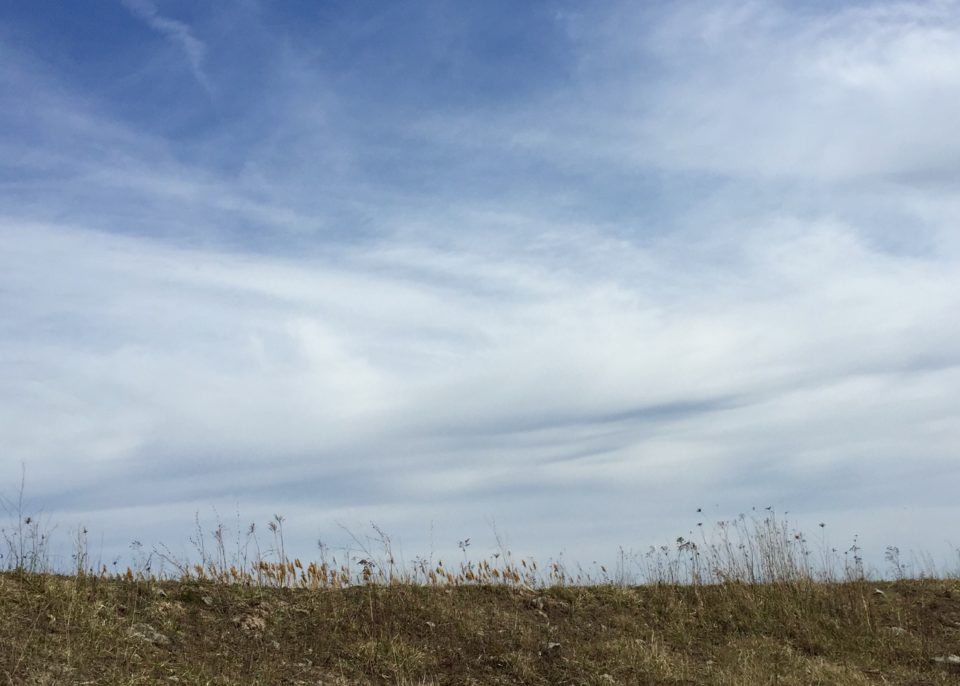
The word contemplation means to consider with attention and compassion what’s happening in the moment. I’ve always been a contemplative type (thoughtful and reflective) and am drawn to others who exemplify these same qualities, people like Thomas Merton, John O’Donohue, and Mary Oliver.
Of course, I love photography too, so you can imagine my excitement when I discovered contemplative photography, something I’d already been doing but didn’t have a name for it. I’m also an amateur student of psychology, and in the book, The MindBody Code, Dr. Mario Martinez introduces the field of contemplative psychology.
“Contemplative psychology, or the science of mind-in-the-world is inquiring with the mind embodied in experience.”
In a previous post, I gave an example of how we can gain self-knowledge through our photographs. They hold clues to our potential or the hidden parts of our mind. And, the methods of inquiry derived from contemplative psychology can help us in discovering those clues. Martinez writes of Father Jack Finnegan, who taught that there were three tools called stages, derived from the Greek, to help us inquire into the contemplative experience.
Stage 1. Apophasis – to say no.
This is where we notice what blocks our contemplative experience, whether it be the language we use, limiting beliefs, judgments, or opinions. This is the step where we take off all of the labels we tend to put on things (and people). We just say no, going to beginner’s mind, where it’s as if we’re seeing something for the very first time.
For a simple example, I have judgments around winter – it’s too long, it’s too cold. Truth be told, where I live it is not too long or too cold. It just is. First step for me is to notice that I have those limiting judgments and say no to them.
Stage 2. Aphaeresis – to let go.
In this stage, we release the blocks that we noticed previously. For example, I notice my reaction to another day of below freezing temperatures and let it go. Instead I ask myself how I will engage with today no matter the temperature. Maybe I’ll take the opportunity to curl up with a good book in front of a fire or perhaps I’ll dress in warm layers and go out for a walk.
Stage 3. Aporia – without way or passage.
This stage is the contemplative experience itself which is beyond words, a state of “suspended knowing.” Martinez says that this state has been described as: “profound peace, boundless love, oneness, infinite compassion, etc. It can only be described through poetics, paradox, or oxymoron.” The experience can only be felt or pointed to through evocative language or a photograph or a piece of art. In terms of the wintry day, once I’ve let go of my judgments, I experience the day through all of my senses.
Contemplative inquiry is what we’re doing when we take contemplative photographs. It is a way of life, not a means to an end; a road to not knowing. It is a path of complete and utter openness to the world as it is.
How do we get there? Try doing this before you go out to photograph (adapted from The MindBody Code).
2. Say no to distracting thoughts and sensations. Don’t try to banish them, just say no to them. Do this for several minutes.
3. Start noticing the space between the thoughts, the space after saying no. Inhale and exhale in that space.
4. Stay in that quiet space for as long as you wish. Then, go out and photograph.
This form of inquiry is built into the 45 exercises in the Adventures in Seeing Book. We notice our blocks and replace them with contemplative habits. We open up.
Also Read: The Case for Contemplative Psychology by Han F. de Wit
** Books mentioned have Amazon affiliate links, meaning I make a few cents if you purchase through my link. I only recommend books that I’ve read.
I really enjoyed read the article by Han F. de Wit. Your photo goes so well with what is expressed here.
I just stumbled on your website, and cannot tell you how inspired and understood I already feel. I am an artist, I paint, but I have learned a lot from you as a photographer. People always ask me “what” I paint, now I know. I seem to always paint contemplation. And I never knew it-it is what I am so drawn to! Thank you for the energy you put out in your blogs and writing. I appreciate YOU.